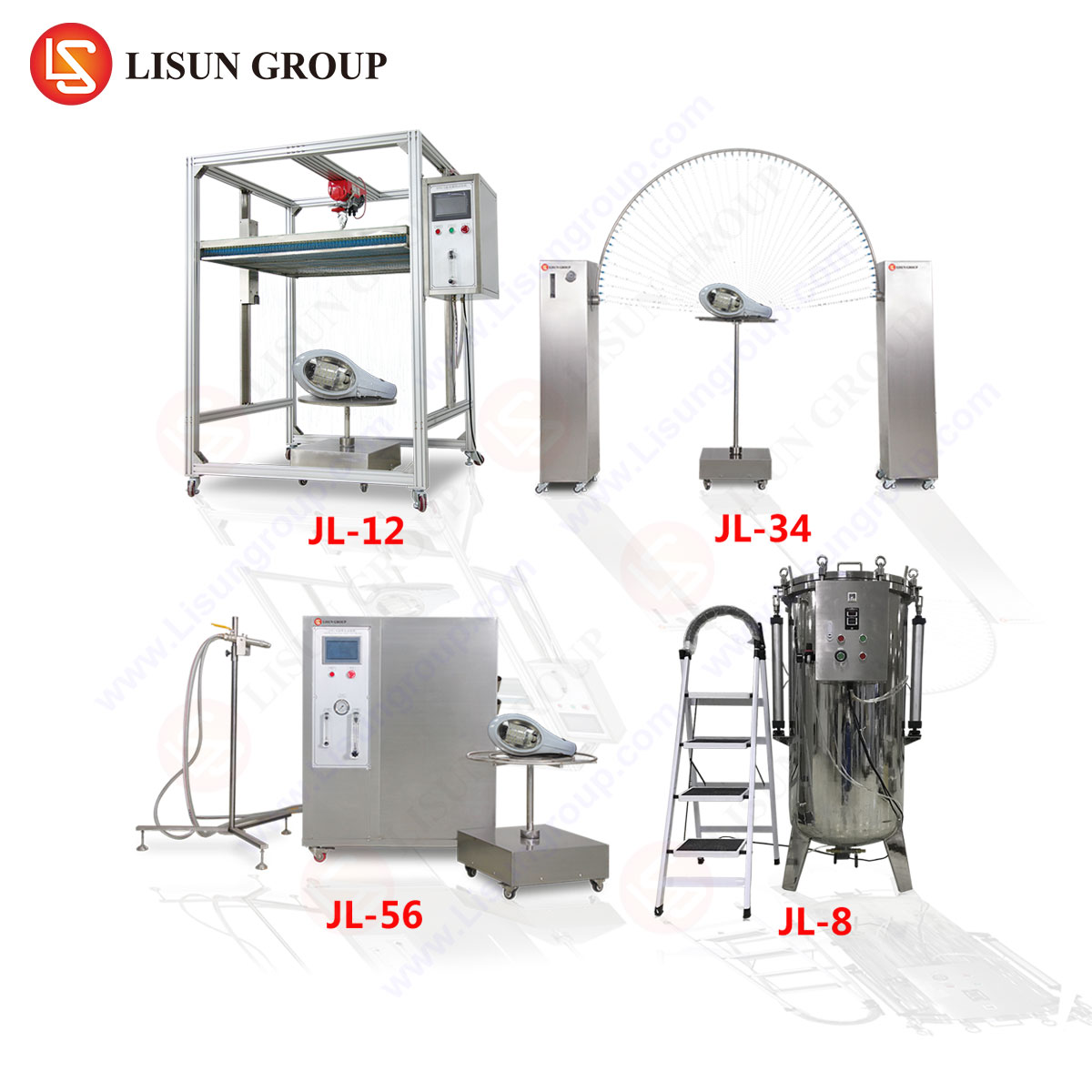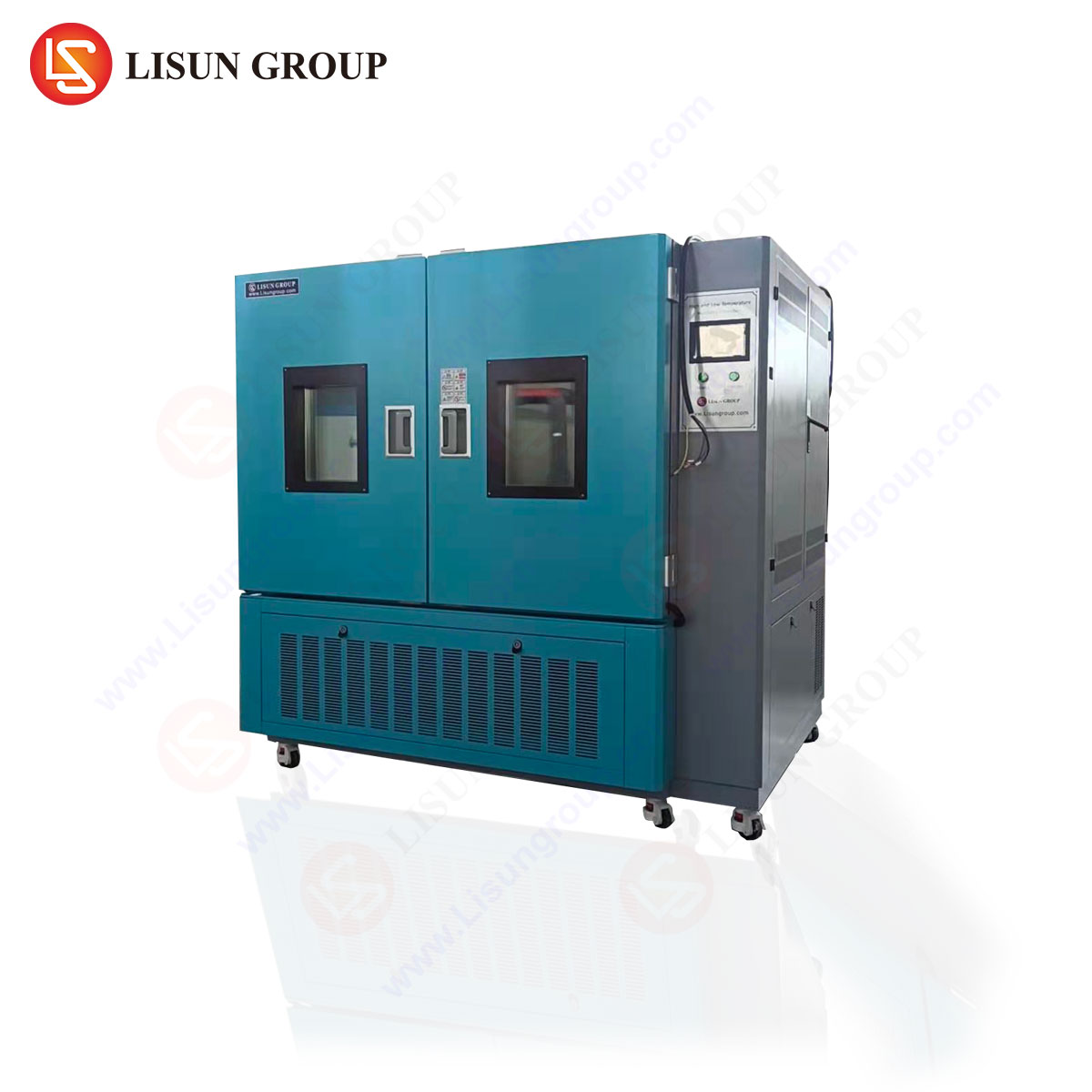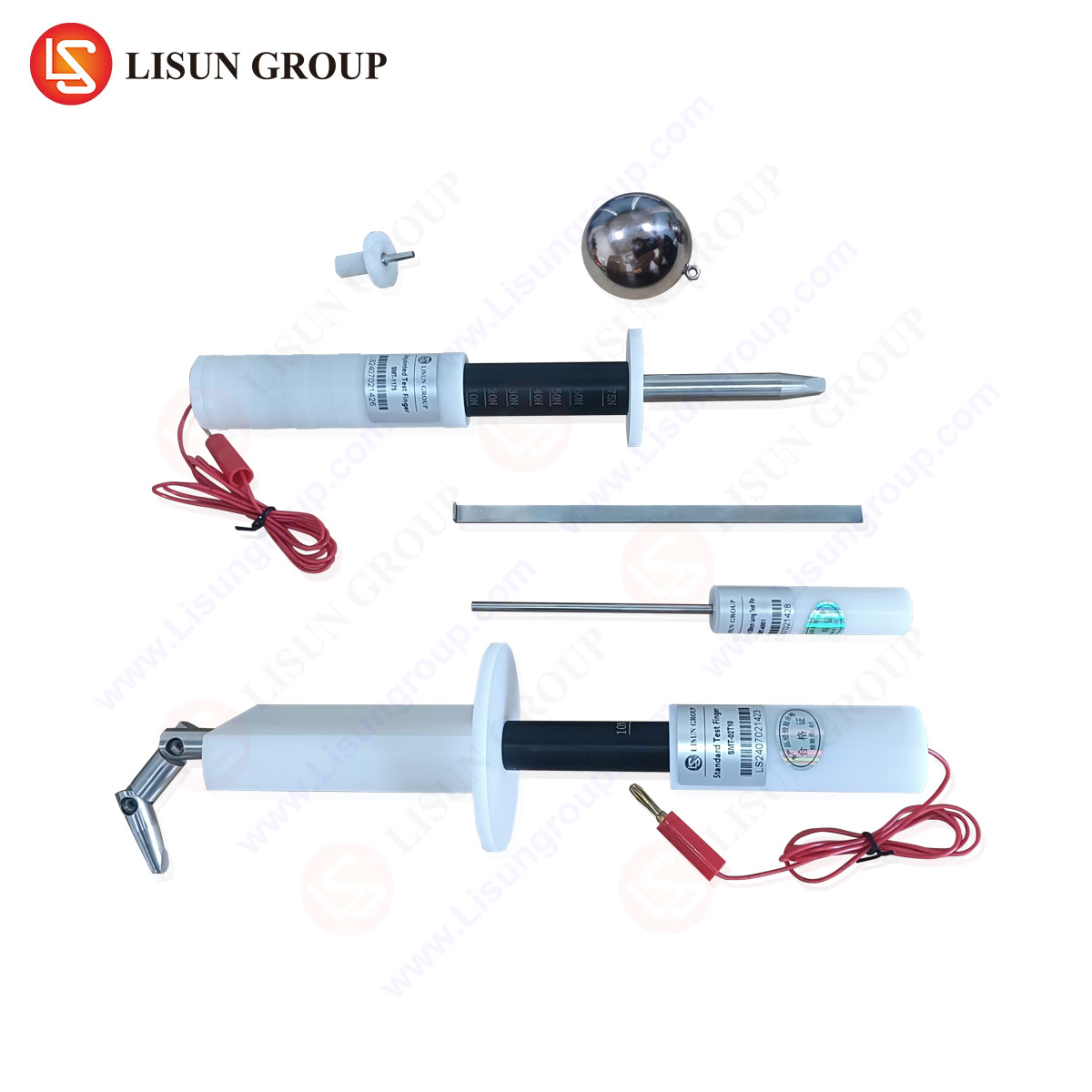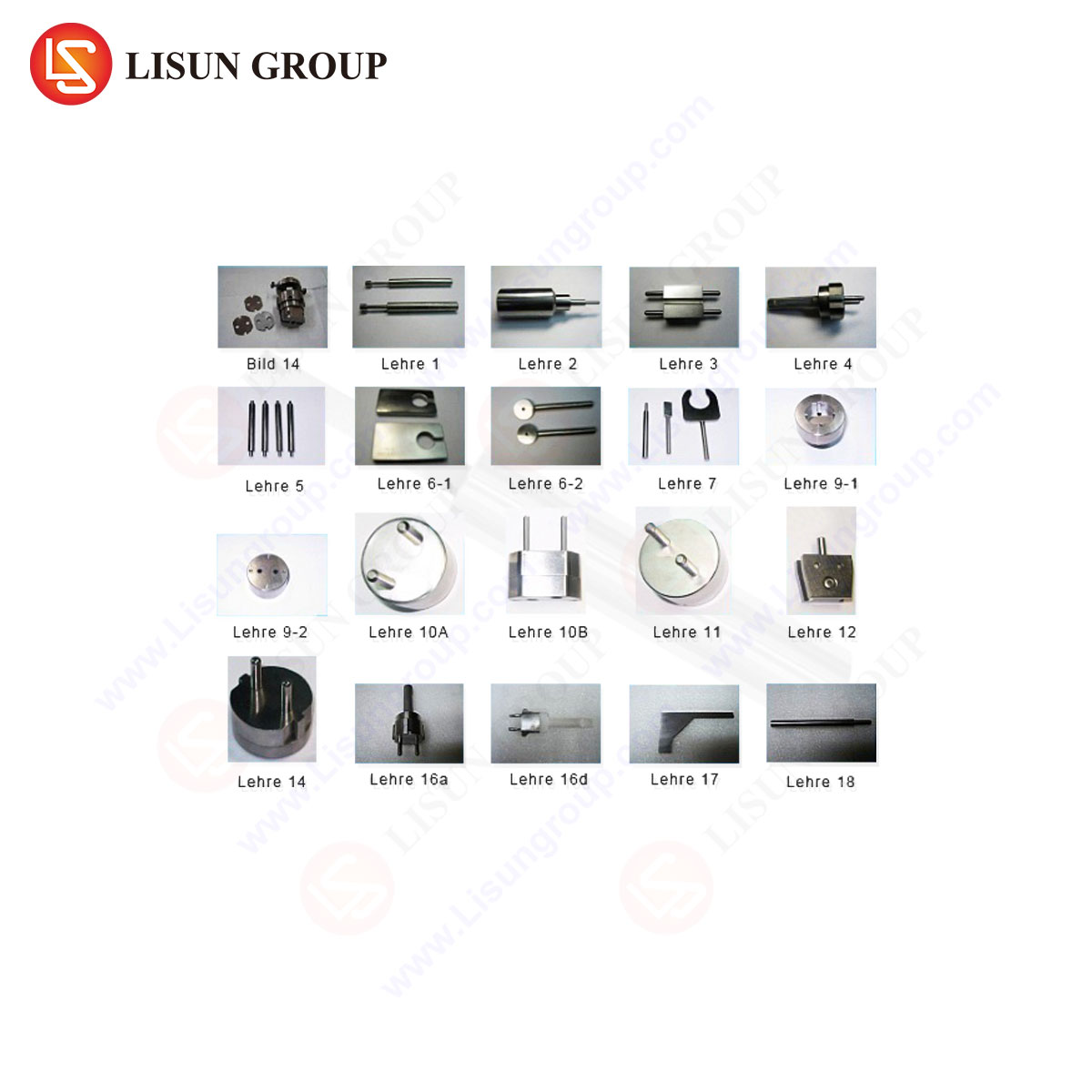An Analytical Framework for Glow Wire Test Equipment Procurement
The evaluation and procurement of glow wire test equipment represent a significant capital investment for laboratories and manufacturing facilities across a multitude of industries. The pricing of such apparatus is not a simple function of its constituent materials but a complex reflection of its technological sophistication, compliance rigor, operational capabilities, and the intrinsic value of the data it generates. This analysis provides a comprehensive framework for understanding the cost structure of glow wire test equipment, using the LISUN ZRS-3H Glow-wire Test Apparatus as a primary reference model to elucidate the factors that dictate market pricing.
Deconstructing the Core Technology of the Glow Wire Tester
At its essence, a glow wire tester simulates a thermal stress source, such as an overheated component or a glowing element within a faulty circuit, to assess the fire hazard properties of materials and end-products. The apparatus must precisely control and maintain a specified temperature at the tip of a standardized heating element, the “glow wire,” and apply it to a test specimen with a defined force for a precise duration. The fundamental technological components that directly influence the equipment’s cost include the heating system, the temperature control and measurement subsystem, and the mechanical application mechanism.
The LISUN ZRS-3H exemplifies a modern implementation of this technology. Its core is a robust heating system capable of rapidly elevating the glow wire (typically a Ni/Cr alloy with a diameter of 4.0mm) to temperatures up to 1000°C, as mandated by standards like IEC 60695-2-10, -11, -12, and -13. The precision of this system is paramount. Inexpensive equipment may suffer from significant temperature overshoot, drift, or non-uniformity along the wire, leading to non-repeatable and invalid test results. The ZRS-3H incorporates a closed-loop PID temperature control system with a high-accuracy K-type thermocouple embedded within the glow wire. This ensures temperature stability within ±2°C of the setpoint, a critical performance metric that contributes to its value proposition. The mechanical application system, comprising a precision arm and weight system, applies a force of 1.0 N ± 0.2 N to the specimen, a parameter whose consistency is non-negotiable for reproducible testing. The cost of manufacturing these subsystems to such exacting tolerances is a primary driver of the base price.
Standards Compliance as a Primary Cost Driver
Glow wire test equipment is not a general-purpose laboratory oven; it is a compliance verification instrument. Its design, construction, and calibration are inextricably linked to international safety standards. The necessity to demonstrably comply with these standards introduces significant engineering and certification costs that are embedded in the final price.
Equipment must adhere to the mechanical and performance specifications outlined in IEC 60695-2-10. This includes the precise dimensions of the glow wire tip, the geometry of the copper block calorimeter used for temperature verification, the airflow environment around the test head, and the accuracy of the timing mechanisms. For instance, the apparatus must be calibrated to ensure the temperature reading from the internal thermocouple corresponds exactly to the temperature measured at the tip of the glow wire using a secondary standard, such as a thermocouple welded to a pure silver foil. This calibration process requires specialized equipment and expertise. The LISUN ZRS-3H is designed from the ground up to meet these requirements, and its price reflects the R&D investment and quality assurance processes needed to guarantee such compliance. Laboratories seeking accreditation (e.g., ISO/IEC 17025) must be able to trace their instrument’s calibration to national standards, a feature that is a standard offering on higher-tier models like the ZRS-3H and represents a value-add over uncertified, lower-cost alternatives.
Operational Capabilities and Automation Features
The spectrum of glow wire test equipment pricing is broad, largely segmented by the level of automation and data acquisition capabilities. A basic, manually operated unit requires the technician to manually set the temperature, time the application, observe the results, and manually record all data. While functionally adequate, this process is prone to human error and is highly labor-intensive.
Mid-range to high-end apparatus, such as the LISUN ZRS-3H, integrate programmable logic controllers (PLCs) and human-machine interfaces (HMIs). These systems allow for the pre-programming of test parameters (temperature, application time, force), automated execution of the test sequence, and integrated data logging. The ZRS-3H, for example, features a sophisticated control system that automates the entire process: heating to setpoint, maintaining stability, applying the glow wire for the preset time, retracting it, and recording the results. It can include features like a real-time temperature curve display and storage of test data for traceability. This level of automation reduces operator influence, enhances repeatability, and drastically improves testing throughput. The integration of these electronic control systems, touchscreen interfaces, and software development constitutes a substantial portion of the manufacturing cost, justifying a higher price point that is offset by long-term gains in efficiency and data integrity.
Industry-Specific Application Requirements
The application environment dictates specific feature requirements, which in turn influence cost. While the basic test principle is consistent, the test specimens vary enormously.
- Household Appliances & Consumer Electronics: Testing plastic enclosures for televisions, printers, or kitchen appliances is a core application. Equipment must accommodate a range of specimen sizes and geometries.
- Automotive Electronics & Aerospace Components: The materials used in these sectors often have higher thermal endurance. Testing may require sustained temperatures at the upper end of the equipment’s range (960°C or 1000°C), demanding more robust heating elements and insulation.
- Electrical Components: Testing terminal blocks, connectors, and switches often requires custom specimen holders or fixtures to ensure the glow wire is applied to the correct location with the specified force. The availability and design of these accessories add to the overall system cost.
- Lighting Fixtures: For lamp holders and luminaire components, the assessment of glowing ignition and flame spread is critical. The equipment must facilitate easy observation of the specimen during and after testing.
The LISUN ZRS-3H is engineered for this versatility. It includes a standardized test chamber with a draft-protected environment, a specimen support capable of holding various products, and provisions for connecting supplementary instrumentation, such as a sheet of tissue paper to assess ignition of surrounding materials. This flexibility to serve multiple industries from a single platform adds to its development cost and overall value.
Total Cost of Ownership Versus Initial Purchase Price
A prudent procurement analysis must extend beyond the initial purchase price to consider the Total Cost of Ownership (TCO). TCO encompasses maintenance, calibration, consumables, training, and potential downtime.
Low-cost equipment often carries a higher TCO. The use of inferior heating elements may lead to frequent and costly replacements. Non-standard parts can be difficult to source. Lack of manufacturer support can result in extended downtime. Furthermore, the risk of non-compliant test results can have catastrophic financial consequences, including product recalls, liability issues, and loss of certification.
A apparatus like the LISUN ZRS-3H, while commanding a higher initial investment, is designed for a lower TCO. It is built with industrial-grade, durable components. Its calibration process is well-documented and supported by the manufacturer. The availability of global technical support and a supply of certified consumables (replacement glow wires, calibration blocks) ensures operational continuity. The reliability of its data protects the organization from the immense risks associated with non-compliance. Therefore, the pricing of such equipment must be viewed as an investment in risk mitigation and operational reliability, not merely a capital expense.
Comparative Analysis of Market Positioning
The market for glow wire test equipment is segmented. The LISUN ZRS-3H occupies a position as a high-performance, fully compliant, yet value-oriented solution. It is positioned above entry-level, manually-operated units that may sacrifice accuracy and automation, and it competes directly with established Western European and North American brands that often carry a significant price premium due to brand recognition and historically established market presence.
The competitive advantage of the ZRS-3H lies in its offering of a fully-featured, automated system that meets all international standards at a price point that is accessible to a wider range of laboratories and manufacturers. Its specifications—temperature range up to 1000°C, PID control with ±2°C stability, automated test sequencing, and comprehensive data logging—are comparable to premium-priced competitors. This combination of performance, compliance, and cost-effectiveness defines its specific value proposition within the global pricing landscape.
Conclusion: A Synthesis of Value and Investment
The pricing of glow wire test equipment is a direct function of its technological integrity, standards compliance, operational features, and the long-term value it delivers. The LISUN ZRS-3H Glow-wire Test Apparatus serves as a benchmark for a mid-to-high-tier instrument that balances advanced capabilities with a strategic price point. Procurement decisions must be informed by a technical evaluation of specifications, a clear understanding of compliance needs, and a thorough analysis of the total cost of ownership. Investing in a robust, automated, and fully compliant system is not merely a purchase of a tool but a foundational investment in product safety, quality assurance, and corporate liability protection.
Frequently Asked Questions (FAQ)
Q1: How often does the glow wire element need to be replaced, and what is the cost?
The lifespan of a glow wire depends on usage frequency and the temperatures used. Continuous operation at maximum temperature (1000°C) will degrade the element faster. For a typical quality assurance lab, a glow wire may last for several hundred to a few thousand tests. Replacement cost is a factor in TCO; manufacturers like LISUN provide certified replacement elements to ensure continued compliance with dimensional and material standards.
Q2: Can the same apparatus be used for both Glow-Wire Flammability Index (GWFI) and Glow-Wire Ignition Temperature (GWIT) tests?
Yes, a fully compliant apparatus like the LISUN ZRS-3H is designed to perform all tests outlined in the IEC 60695-2-1x series. The test method (GWFI or GWIT) is defined by the procedure and pass/fail criteria, not by the hardware itself. The same machine, with its precise temperature control and timing functions, is used for both test types.
Q3: What is involved in the annual calibration of the equipment?
Annual calibration is critical for maintaining accreditation. It typically involves verifying the accuracy of the temperature measurement system using a certified calibration jig (a copper block with a traceable reference thermocouple) at multiple setpoints (e.g., 550°C, 750°C, 960°C). The mechanical force application (1.0 N) and the timer accuracy are also verified. This service can often be performed on-site by a qualified technician or by returning the unit to an accredited calibration lab.
Q4: For testing irregularly shaped components, like a switch or connector, are custom fixtures available?
Yes, most manufacturers, including LISUN, offer or can develop custom specimen holders and fixtures. This is common in the automotive and electrical components industries. The design of such a fixture must ensure that the glow wire is applied to the specified location on the test specimen without influencing the heat sink characteristics or the applied force in an unstandardized way.
Q5: How is the issue of toxic fumes addressed during testing?
The standard apparatus includes a test chamber, but it is not a sealed fume hood. Testing many materials, particularly certain plastics, can generate hazardous decomposition products. It is the responsibility of the laboratory to ensure adequate ventilation. This typically involves connecting an external fume extraction system to the exhaust port located on the test chamber of the apparatus to safely remove fumes from the operator’s environment.







